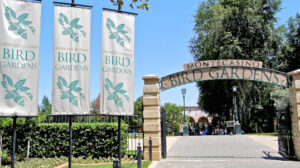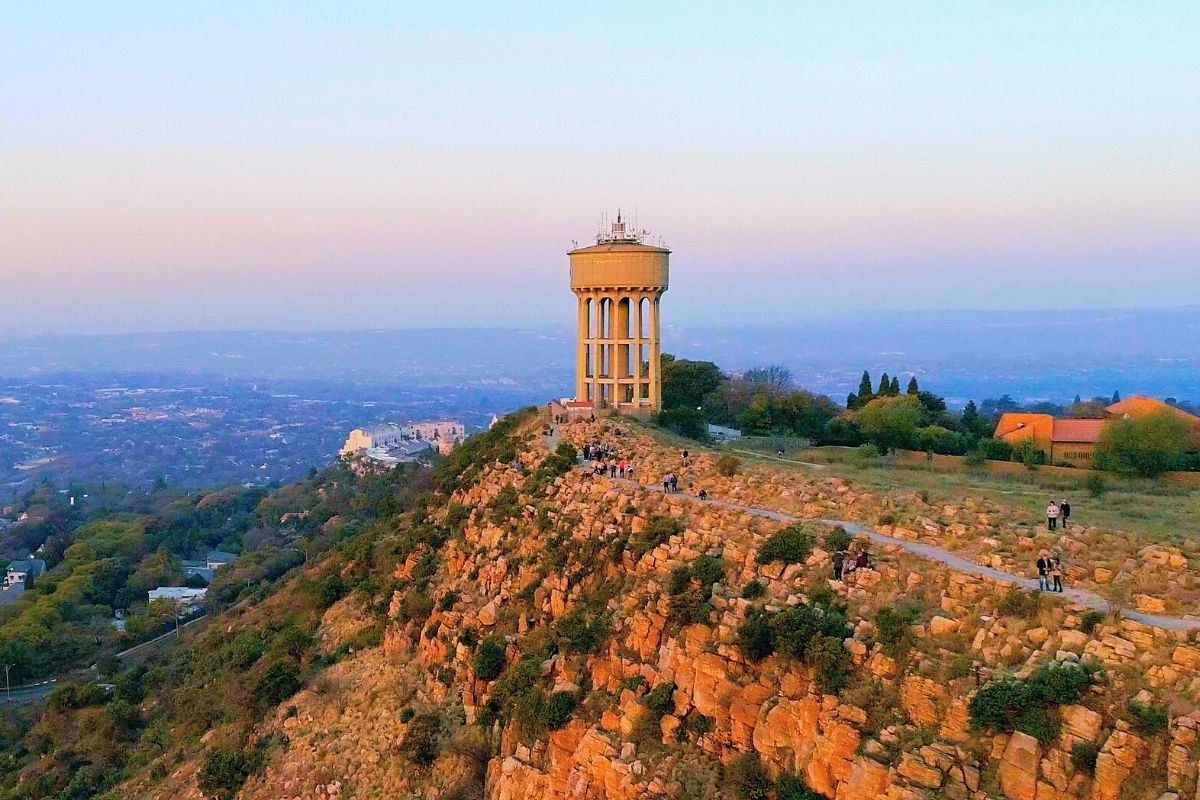See This Report about Johannesburg North Attractions
See This Report about Johannesburg North Attractions
Blog Article
Not known Incorrect Statements About Johannesburg North Attractions
Table of ContentsA Biased View of Johannesburg North AttractionsThings about Johannesburg North AttractionsGetting My Johannesburg North Attractions To WorkThe Only Guide for Johannesburg North AttractionsJohannesburg North Attractions - The FactsGetting The Johannesburg North Attractions To Work
The city owes its area to the existence of a a lot more precious resource: gold. The city expanded on the edge of the Witwatersrand Main Coral reef, a below ground stratum of gold-bearing quartz-silica conglomerate that arcs for thousands of miles under the Highveld. Many of the gold mines in the city stopped operation in the 1970s, however in its day the Witwatersrand gold industry made up even more than 40 percent of the world's annual gold manufacturing.Johannesburg has a temperate environment. The city appreciates about eight hours of sunlight per day in both winter season and summer.
What rainfall the city receives falls practically exclusively in the summer season months, commonly in stunning late-afternoon electric storms., where lots of residents still rely on coal for fuel.

The Facts About Johannesburg North Attractions Revealed
The equilibrium of the city is inhabited by whites. Holiday accommodation differs in character and quality. Soweto is notorious for its unlimited rows of municipally developed, two-room matchbox homes, yet it also has a few prosperous territories as well as teeming squatter camps, where tens of thousands live without water, power, or cleanliness centers.
Physical development, although rather limited by transportation, continued swiftly as migration to South Africa, and Johannesburg particularly, increased drastically. This issue was solved in the 1930s when the automobile was presented in automation to South Africa. Vehicles were, generally, confined to the rich, and allowed them to transfer to the north of the city and commute into the centre.
Many poor residential areas were mixed, with inadequate blacks and whites living together, although the affluent suburban areas were usually scheduled for whites.
The previous system of eleven numbered regions was reorganised in 2006. Marshalltown, as seen from the top of the Carlton Centre. The M1 and M2 run behind the structures, and the southerly suburbs prolong past the highway border. The central city of Johannesburg lies within the city's Region F. The approximated populace of the region is 200,000, [] but the number of people residing in the inner city on a casual basis is unidentified, as several are illegal aliens. A lot of higher-income citizens and white people have actually relocated to the northern suburban areas and have been changed by lower-income black people. The unemployment, education and learning, and age profiles of the location are all unidentified, because of the trouble of acquiring trustworthy information concerning the area.
The Single Strategy To Use For Johannesburg North Attractions
Centred on the CBD, the area includes the suburban areas of Yeoville, Bellevue, Troyeville, Jeppestown, and Berea to the eastern. To the west it infects Pageview (Johannesburg North attractions) and Fordsburg. There are tiny enterprise zones to the south, such as City West-Denver and Benrose. Around 800,000 commuters travel through the central city everyday, and it works as a local shopping node for visitors from the southerly suburbs. Yeoville and Bellevue have a mix of apartment and single household units on little lots. The region is located on a mountainous divide that ranges from east to west. The most conspicuous geographical function is Observatory Ridge, which is named for the huge observatory situated on it. The leisure spaces are no more made use of, as a result of safety troubles.

The Main Principles Of Johannesburg North Attractions
R. Tambo International Flight Terminal). The eastern residential areas are a few of the oldest areas of Johannesburg, there are large communities of Jewish and other European histories, most of the population is English speaking. my link There are three golf programs along with a variety of secured ridges with viewsites. There are numerous strong and up-market entertainment and shopping locations in the eastern such as the Eastgate Purchasing Centre and the Greenstone buying centre.
Originally developed to house male migrant workers, lots of have actually been improved as residences for couples and families. The suburban area was not traditionally permitted to develop work centres within the area, so virtually all of its homeowners are travelers to various other components of the city.
Not known Facts About Johannesburg North Attractions
The property locations in the north residential areas about his are mainly formal, with no significant areas of informal real estate, or real estate that does not have a long-term structure. This is an established location, there is a pattern of land usage change from property to commercial, specifically along major arterial roadways and around established nodes.
Roads to the eastern and west are much less well created, as there are no freeways taking a trip in that instructions. Towards the northern border of the city, the thickness of advancement lowers, leaving big areas of primitive land around Midrand.
Some Known Questions About Johannesburg North Attractions.
, useful site which is situated on a hillside ignoring the inner city and Hillbrow.
Report this page